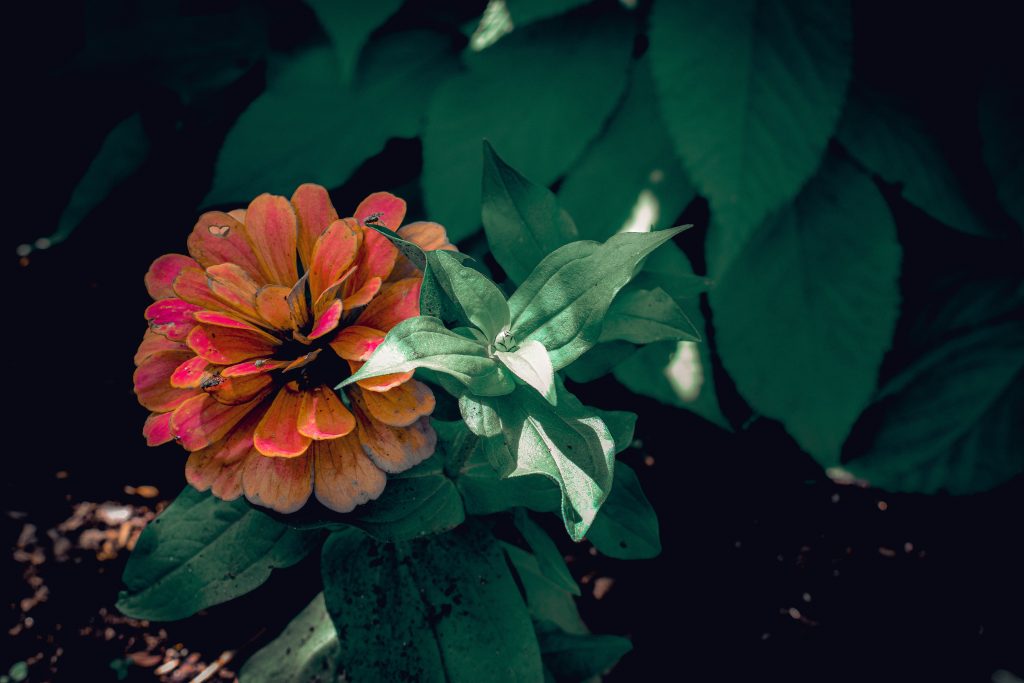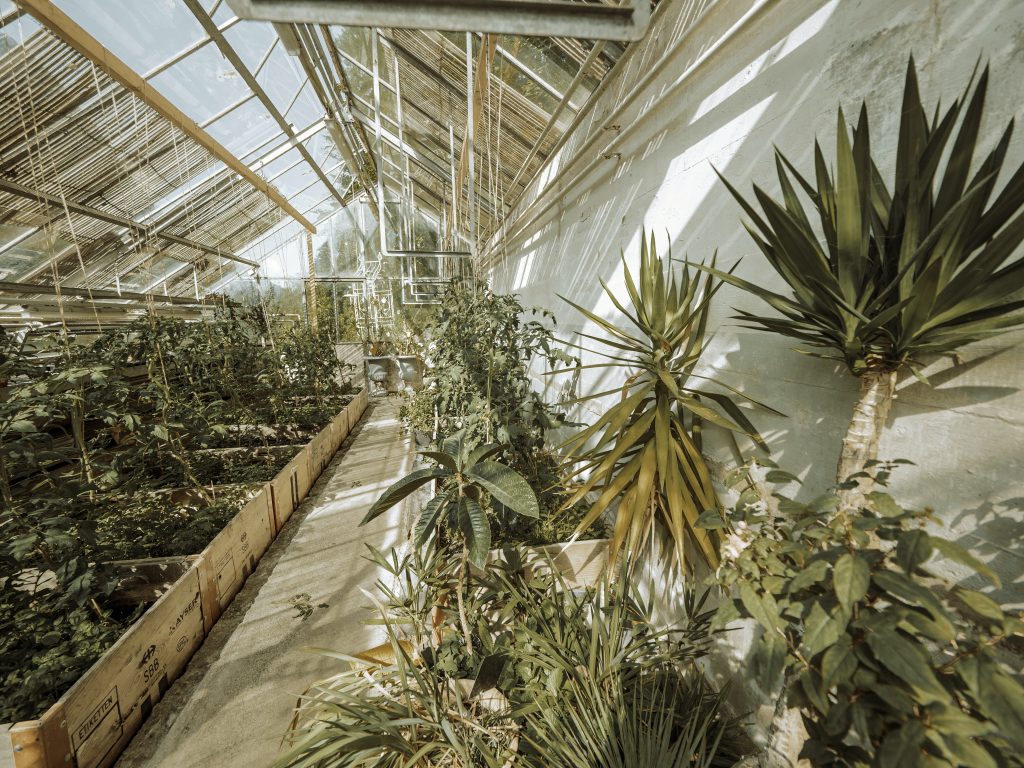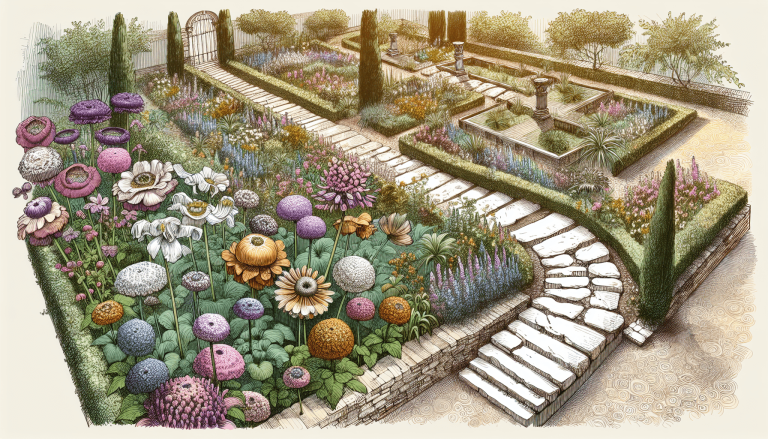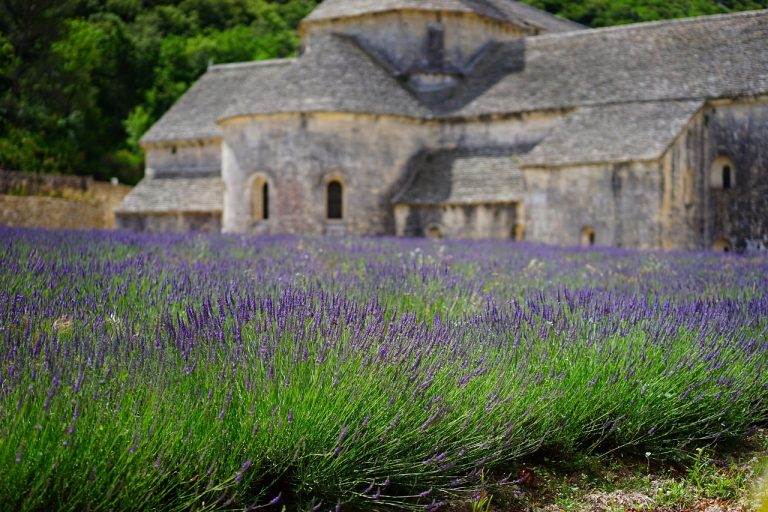Are you ready to spruce up your garden for a vibrant and colorful summer? Then you’re in luck because we have the answer to your burning question: When is the best time to plant in the UK for summer? As the warm days approach, it’s crucial to know the optimal time to get your plants in the ground so they can flourish in the summer sun. So, put on your gardening gloves and get ready to discover the perfect planting season for your green oasis.
Table of Contents
ToggleUnderstanding the UK Climate
Factors influencing the UK climate
Understanding the UK climate is essential for successful gardening. The climate in the UK is influenced by several factors, including its location, prevailing winds, ocean currents, and topography. The UK’s proximity to the Atlantic Ocean and the prevailing westerly winds contribute to its mild and generally temperate climate.
The Gulf Stream, a warm ocean current that originates in the Gulf of Mexico, also plays a significant role in shaping the UK climate. It brings warm water and air to the UK, which helps to moderate temperatures and prevent extreme weather conditions.
Regions with varying climate patterns
Although the UK has a predominantly temperate climate, there are variations in climate patterns across different regions. The country can be broadly divided into four main regions: Northern England, Southern England, Wales, and Scotland.
Northern England experiences cooler temperatures and receives higher rainfall compared to Southern England. Wales, being located on the western coast, is also known for its wetter climate.
Scotland, on the other hand, has a more moderate maritime climate with cooler summers and colder winters. The Highlands of Scotland tend to have a mountainous climate, characterized by cooler temperatures and higher levels of precipitation.
Impact of climate on planting season
The UK climate greatly influences the planting season for various crops and plants. Understanding the climatic conditions is crucial to ensure the success of your garden.
The UK summer season typically starts from June and lasts until August. However, it is important to note that the weather during these months can vary significantly from year to year. While summers in the UK are generally mild, rainfall and temperature fluctuations can affect the growth and development of plants.
Choosing the Right Plants
Understanding plant hardiness zones
When choosing plants for your garden, it is essential to consider their hardiness zones. Hardiness zones indicate the minimum average temperature a plant can tolerate. In the UK, the hardiness zones generally range from 7 to 10, with 7 being the coldest and 10 being the warmest.
Selecting plants suitable for the specific hardiness zone of your region ensures that they can withstand the local climatic conditions and thrive in your garden.
Selecting plants suitable for UK summers
To achieve a vibrant and flourishing garden during the UK summer, it is crucial to choose plants that are well-suited to the warmer temperatures and potentially drier conditions. Consider opting for plants such as lavender, roses, sunflowers, marigolds, and petunias, which are known for their tolerance to heat and sun.
Additionally, choosing plants with longer blooming periods or those that produce colorful foliage can enhance the visual appeal of your garden throughout the summer season.
Considering irrigation requirements
Given the varying precipitation levels across the UK, it is important to consider the irrigation requirements of the plants you choose. While some plants may thrive with less frequent watering, others may require more regular irrigation to stay healthy.
Take into account the specific water needs of each plant variety and ensure that your garden has adequate irrigation systems, such as drip irrigation or sprinklers, in place to provide the necessary moisture during drier periods.
Preparing Your Garden
Assessing soil quality
Before planting, it is crucial to assess the quality of your garden soil. Understanding the composition and fertility of the soil can help determine the necessary amendments and preparations needed for optimal plant growth.
Perform a soil test to assess its pH level, nutrient content, and structure. This will provide valuable insights into the suitability of the soil for different plants and guide you in making any necessary adjustments.
Soil preparation techniques
Preparing the soil is a vital step in creating a healthy and productive garden. Techniques such as tilling, digging, or aerating the soil help improve its structure, drainage, and nutrient availability.
Incorporate organic matter, such as compost or well-rotted manure, into the soil to enhance its fertility and water-holding capacity. This improves the overall health of the plants and facilitates their root development.
Clearing the area and removing weeds
Clearing the designated planting area is essential to create a clean and weed-free environment for your plants. Remove any existing weeds, rocks, and debris that may hinder proper plant growth.
Carefully consider the presence of perennial weeds, as they can quickly spread and compete with the newly planted vegetation. Take measures to eradicate or manage them effectively to prevent future problems.
Planning the Planting Season
Considering the last frost date
Knowing the average last frost date in your region is crucial to avoid potential frost damage to your plants. Frost can be damaging to tender plants and can set back their growth or even kill them.
Based on the last frost date, plan your planting season accordingly to ensure that your plants have a favorable environment for growth and development without the risk of frost damage.
Determining the length of the growing season
Understanding the length of the growing season is essential for proper plant selection and timing. The growing season in the UK varies depending on the region and the specific plant requirements.
Some plants require a longer growing season, while others can thrive and produce satisfactory yields within a shorter period. Consider the length of your region’s growing season and match it with the plant varieties you plan to cultivate.
Taking into account daylight hours
Daylight hours play a crucial role in plant growth and development. Different plant species have varying light requirements, with some needing full sun exposure, while others may thrive in partially shaded areas.
Consider the available daylight hours in your region during the planting season and select plants that align with the specific lighting conditions of your garden.
Early Spring Planting
Planting early-flowering bulbs and perennials
Early spring is an excellent time to plant early-flowering bulbs and perennials to add color and vibrancy to your garden. Flowers such as daffodils, tulips, and crocuses can be planted in the ground or in containers for a burst of color as the weather starts to warm up.
Perennials like primrose and hellebore can also be planted in early spring, establishing themselves before the heat of summer.
Starting seeds indoors for later transplanting
Get a head start on your summer garden by starting seeds indoors during early spring. This allows you to extend the growing season and give your plants a head start before transplanting them outdoors.
Start seeds of warm-season vegetables like tomatoes, cucumbers, and peppers indoors, providing them with sufficient light and warmth for healthy germination and early growth.
Sowing hardy vegetables and herbs
Early spring is also an ideal time to sow hardy vegetables and herbs directly in the garden. Vegetables such as carrots, peas, radishes, and spinach thrive in cooler temperatures and can withstand light frosts.
Sow these crops directly into prepared soil, following the recommended spacing and depth for optimal growth.
Late Spring Planting
Sowing tender annuals and summer-flowering bulbs
Late spring is the perfect time to sow tender annuals that thrive in warmer temperatures. Plants like zinnias, cosmos, and marigolds can be sown directly in the garden, providing a colorful display throughout the summer months.
Late spring is also a suitable time to plant summer-flowering bulbs such as lilies and dahlias, which add beauty and variety to your garden.
Planting frost-sensitive vegetables and herbs
As the risk of frost diminishes in late spring, it is safe to plant frost-sensitive vegetables and herbs outdoors. Crops like tomatoes, peppers, basil, and cilantro require warmer temperatures to thrive and should only be planted when the danger of frost has passed.
Ensure that your garden soil has warmed sufficiently and provide adequate support for vine crops like tomatoes and cucumbers.
Establishing warm-season crops
Late spring is an optimum time to establish warm-season crops such as beans and corn. These crops require consistent warmth and longer daylight hours to grow and produce a bountiful harvest.
Prepare the soil adequately and sow the seeds according to the recommended spacing and depth for each crop variety.
Early Summer Planting
Transplanting seedlings and young plants
Early summer is an excellent time to transplant seedlings and young plants into your garden. By this time, the risk of frost should have passed, and the soil temperature should be consistently warm.
Transplant seedlings of vegetables like squash, melons, and eggplant, or flowers like petunias and impatiens to their final garden location, ensuring adequate spacing and proper care.
Sowing fast-growing summer vegetables
Take advantage of the warm temperatures and longer daylight hours in early summer by sowing fast-growing summer vegetables. Crops like cucumbers, zucchini, and beans can still be sown directly into the garden for a fresh and continuous harvest throughout the summer.
Follow the recommended spacing and planting depths for each vegetable variety to maximize growth and yields.
Planting container-grown ornamentals
Early summer is also a great time to plant container-grown ornamental plants, such as shrubs, trees, and decorative grasses. These plants can provide instant impact and enhance the visual appeal of your garden.
Ensure that the container-grown plants are adequately watered and properly distributed in your garden, taking into consideration their sun and shade preferences.
Mid-Summer Planting
Planting heat-loving flowers and fruits
Mid-summer brings the warmest temperatures of the year, providing an ideal environment for heat-loving flowers and fruits. Plant varieties such as marigolds, sunflowers, and hibiscus thrive in the heat and can add a vibrant touch to your garden.
Additionally, fruits like strawberries and raspberries can be planted in mid-summer, allowing them sufficient time to establish and produce a harvest before the end of the growing season.
Sowing quick-maturing herbs and salad greens
Take advantage of the quick maturation of certain herbs and salad greens in mid-summer. Sow seeds of basil, parsley, lettuce, and arugula directly into your garden for a constant supply of fresh herbs and salad greens.
These crops mature rapidly and can be harvested multiple times throughout the summer, providing a continuous source of flavors for your culinary creations.
Establishing drought-tolerant perennials
Mid-summer is an excellent time to establish drought-tolerant perennials in your garden. Plants like lavender, sage, and sedum are well-suited to withstand drier conditions and can thrive even when watering becomes limited.
Ensure that the soil is adequately prepared, and provide supplementary watering during the establishment period to support root development.
Late Summer Planting
Preparing for autumn planting
Late summer is the perfect time to start preparing your garden for the upcoming autumn planting season. Clean up any spent or disease-ridden plants, removing them to prevent the spread of disease.
Consider replenishing the soil with organic matter and mulch to enhance its structure, fertility, and water retention capabilities for the next growing season.
Sowing crops for late-season harvest
Sow crops for a late-season harvest, taking advantage of the remaining warmth and growing season. Vegetables such as beets, kale, and Swiss chard can be sown in late summer, producing a bountiful crop before the arrival of cooler temperatures.
Follow the recommended planting dates and care instructions for each crop to maximize their growth and yield potential.
Planting biennials and fall-blooming perennials
Late summer is also an ideal time to plant biennials and fall-blooming perennials. Biennial plants like sweet William and foxglove can be established in late summer to overwinter for blooms the following year.
Fall-blooming perennials such as asters and mums can be planted during this time to ensure a burst of color in your garden as summer transitions into autumn.
Conclusion
Understanding the UK climate is crucial for successful gardening. By considering factors such as the UK’s climatic variations, plant hardiness zones, and irrigation requirements, you can choose the right plants and create the ideal gardening conditions. Preparing the soil, clearing the area, and following proper planting techniques ensure optimal plant growth and health. Thoughtful planning of the planting season, including consideration of frost dates, growing seasons, and daylight hours, sets the stage for successful gardening throughout the year. By following the guidelines for early spring, late spring, early summer, mid-summer, and late summer plantings, you can achieve a beautiful, thriving garden that flourishes throughout the UK summer season and beyond. Happy gardening!









